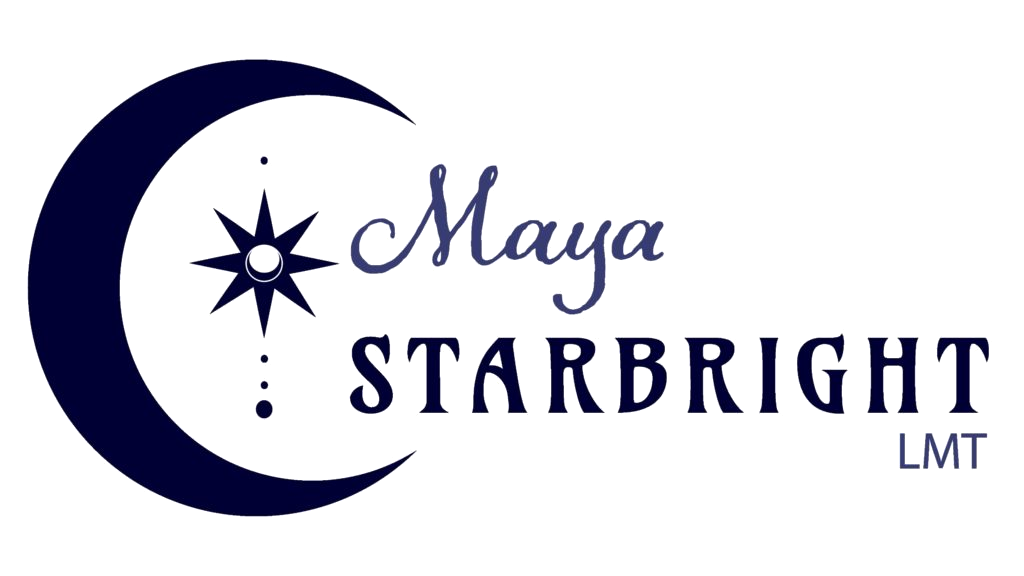The Psoas As An Anti-Gravity Machine!
A colleague shared this on a discussion forum for its relevance to the psoas muscle. This information was previously published by Whole Body Integration in December of 2013; I am reiterating this article because I believe that the Psoas is so important to our well-being. In the massage therapy world we love to talk about the psoas, which spans two joints and is one of the deepest muscles in the body. Broadly speaking, it’s the “iliopsoas,” with the “psoas” portion going from the femur to the lumbar spine and the “iliacus” going from the femur to the iliac crest of the hip. It’s a hip flexor, and is the first muscle to engage as you flex your hip (raise your knee); it’s also the muscle that stabilizes when you stand on one leg.
When it’s spasmed, the back can go out. Ever heard a friend say his back is out and he can’t put on his socks or pants? Well, to do that you have to flex your hip, so this points to the psoas being involved. A tight psoas can also cause many pelvic tilt issues or lumbar sidebends. And not surprisingly – because it travels along the colon and kidneys – there can be a visceral and fascial relationship here too.
A happy psoas? An integrated psoas? Watch the lead dancer in this video below and check out the lubrication of that pelvis and how lightly and easily he flexes his hips. All the dancers move well enough, but he stands out for the light quality of his movement.
Now Ida Rolf, the founder of Rolfing Structural Integration, was born in 1896, so her reference point was an earlier era. She always spoke of Fred Astaire as having the “perfect psoas.” Watch this video and you’ll see the same light quality, his legs just float under him, so that Gene Kelly seems relatively earthbound by comparison.
In working with clients, I very often do some psoas work – a little or alot! While it may seem paradoxical, the psoas can even play a role in neck and shoulder issues. Anatomically, it’s in a different region, but if the psoas is tight and shortening the whole anterior of the body, it will be implicated in a forward-head posture and shoulder-girdle slump. It’s a hip flexor, right? When you sit all day long at a desk, your psoas is in that flexed (shortened) posture all day, and lengthening becomes imperative for proper alignment and integration. How to stretch your psoas? – lunges (yogic or otherwise).
So whether it’s back pain from an auto/work accident, a sports injury, or too much yardwork; poor posture; a tight pelvis; or a heavy, clunky quality to the legs, learning about your psoas and getting better psoas length and integration may help put you back in your dancing shoes!

0 Comments